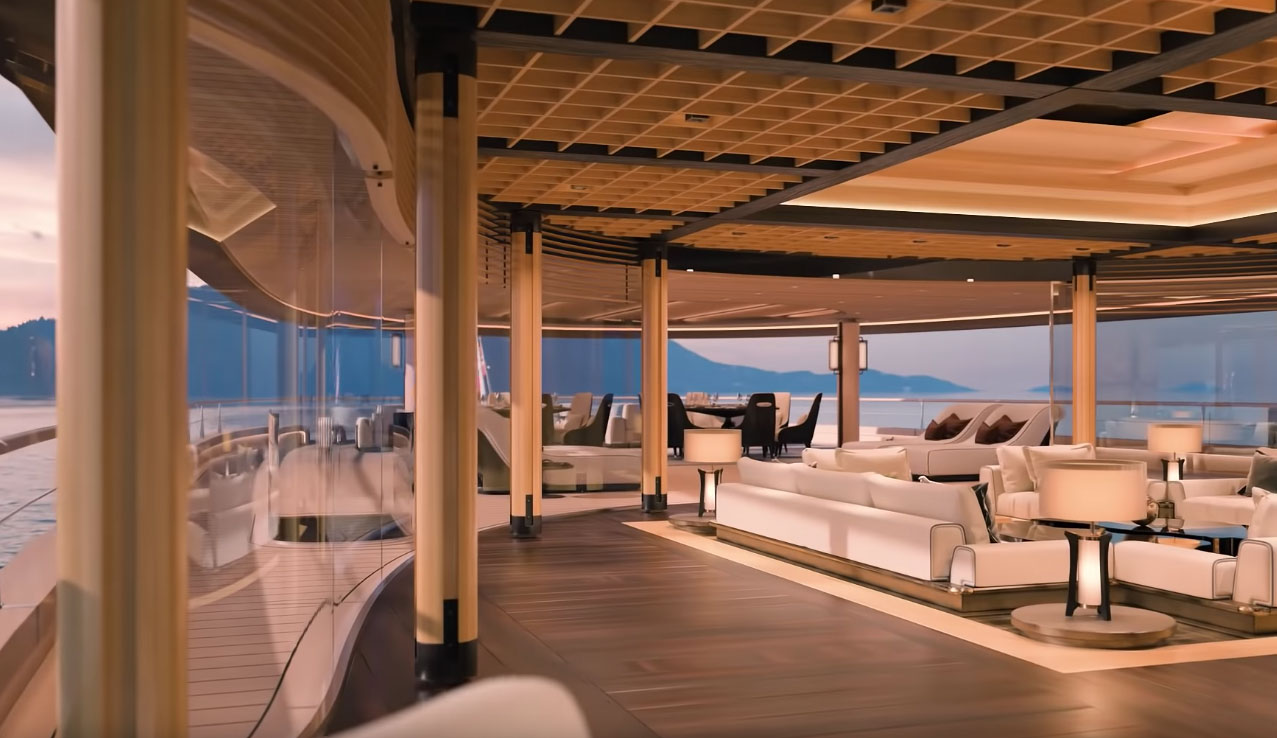
Rumours flooded the internet on Sunday that Microsoft's billionaire founder Bill Gates had put down a deposit on a boat. And not just any old boat: a $650 million superyacht.
It was an eye-opening headline, certainly, though we were sceptical from the start. Would someone who has dedicated so much of his fortune to fighting poverty and disease really splash out so much in one go on the ultimate billionaire's plaything?
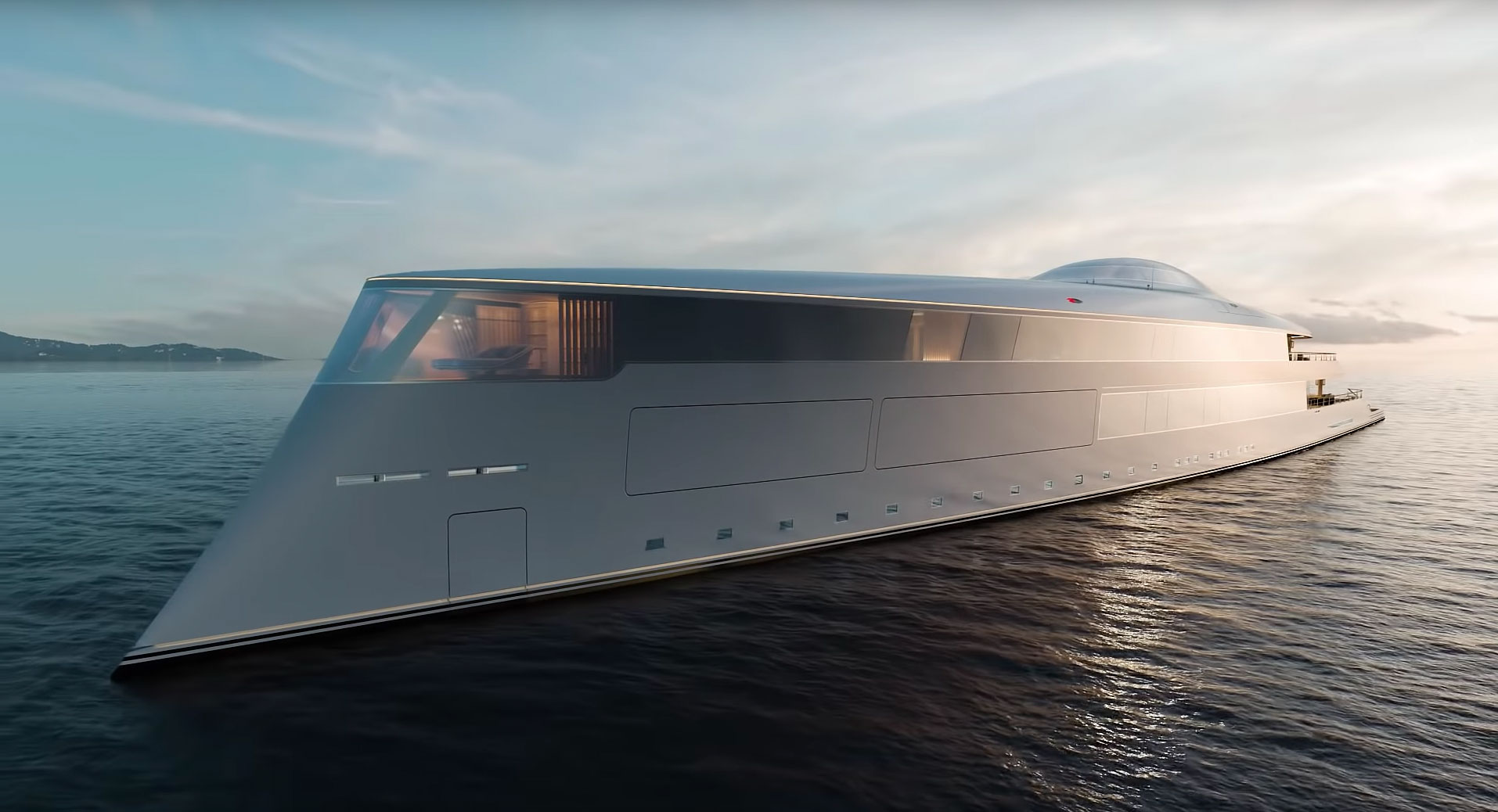
The Sunday Telegraph report cited in support of its story the fact that Gates has long talked about making investment in alternative power sources — but half a billion pounds still sounds like a lot to spend on a proof-of-concept ship.
Our caution turned out to be well-placed since the story turned out to be a hoax, at least with regards to Gates's involvement. The details of the five-deck yacht, however, appear to be pretty much spot on.
The boat in question is a 112m-long superyacht called Aqua, and it doesn't yet exist beyond the design concept images on this page, unveiled by Dutch design studio Sinot Yacht Architects at the 2019 Monaco Yacht Show.
On board the yacht are seven main berths: four 'guest staterooms', two 'VIP staterooms' and an 'owner's pavilion' which takes up half of the top floor — or 'upper deck', as they call it in marine world.
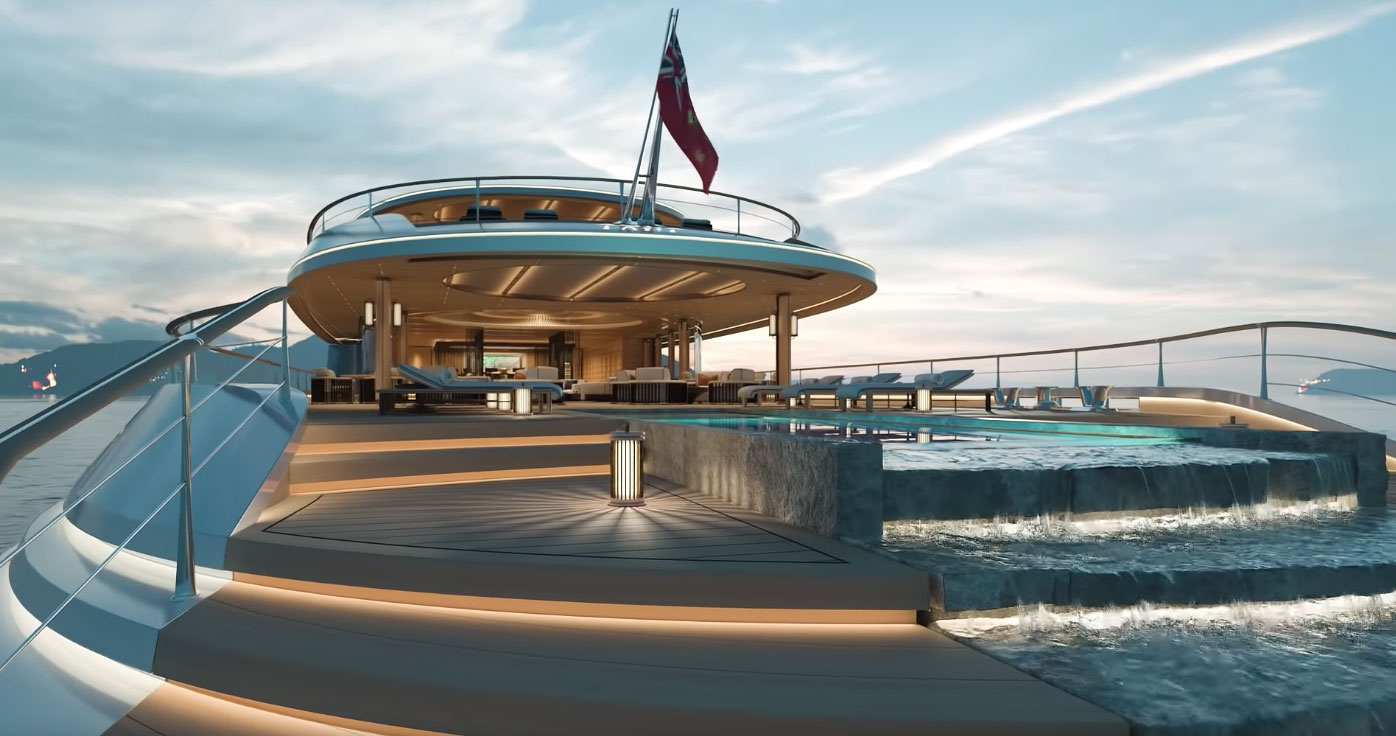
There's also not just a gym but a 'wellness centre' featuring a yoga space and indoor pool as well as all the usual equipment you'd expect.
Exquisite houses, the beauty of Nature, and how to get the most from your life, straight to your inbox.

To a landlubber, perhaps the most eye-catching element is the 'Aqua room', a sort of glass pod that sits out above the waves giving beautiful views, and looking more or less identical to the bridge from the Millennium Falcon in the Star Wars films.
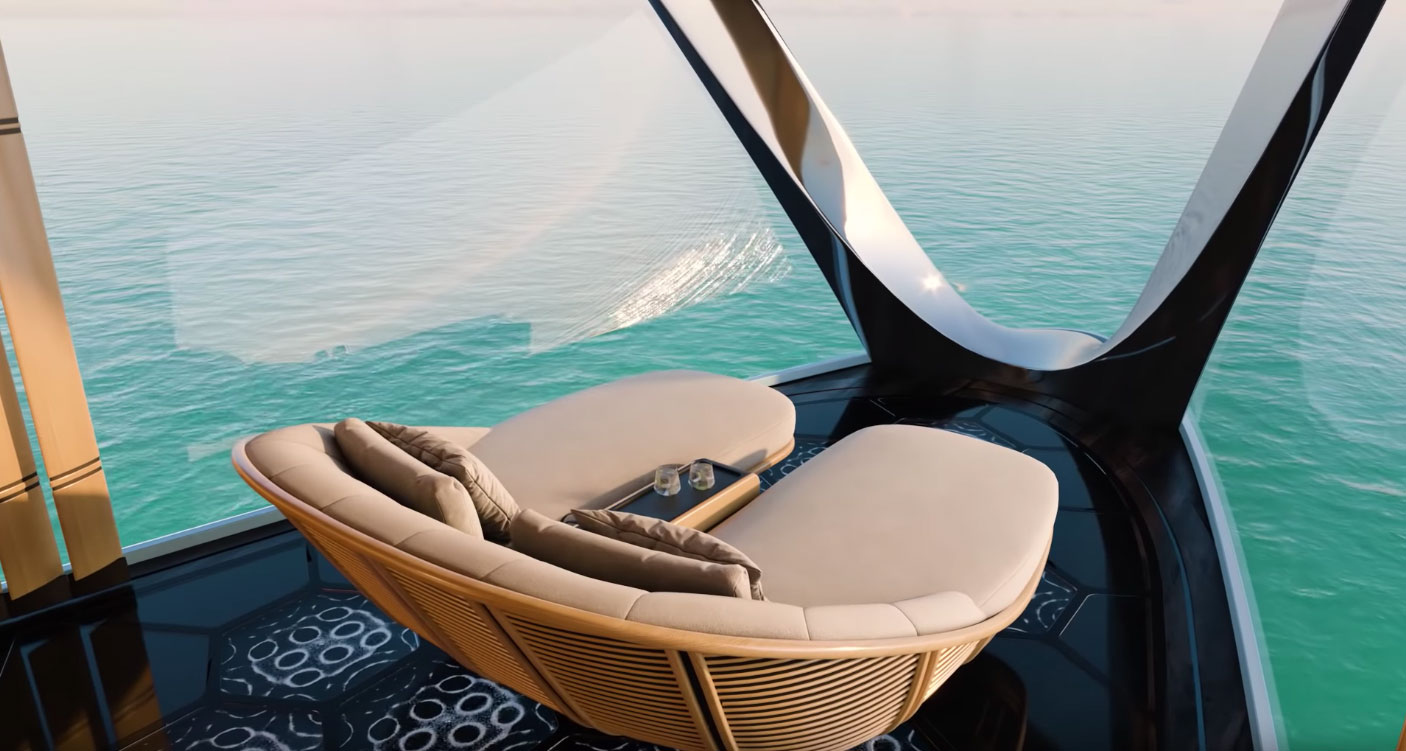
Elsewhere on board — and unsurprisingly not featured in the video — are the facilities for the 31 crew members needed to sail, maintain and cater for guests aboard such an enormous craft.
https://youtu.be/fCoU617GJG8
Part of what made the Gates rumour credible is the boat's powerplant: it runs not off massive diesel engines, but instead uses a liquid hydrogen propulsion system.
'Hydrogen power has long been feted as the answer to our reliance on fossil fuels,' explains Chris Jefferies of our sister publication MBY, 'but large-scale experiments on its viability at sea are few and far between.
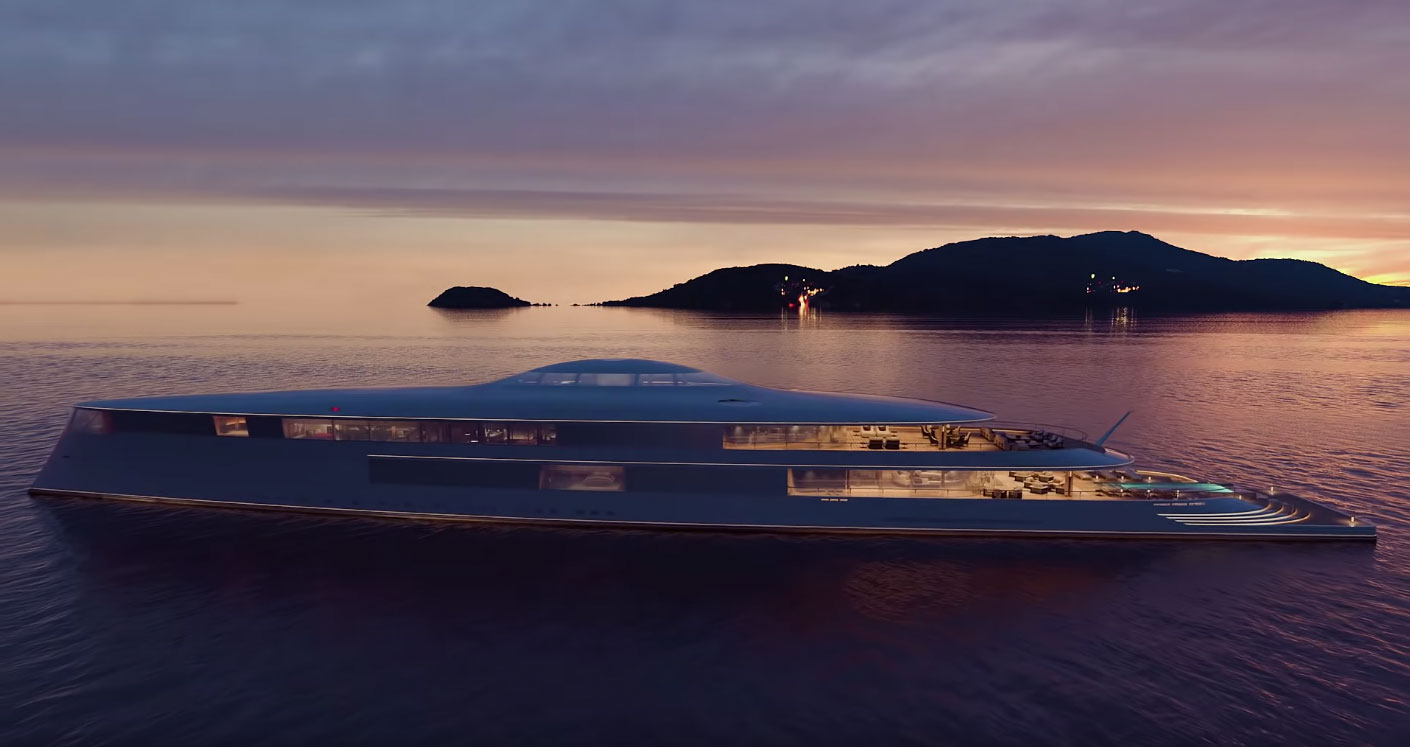
'One such example is the cutting-edge catamaran/floating laboratory Energy Observer, which was launched in June 2017 and has visited more than 25 countries, demonstrating how it converts water into electricity.'
Toby Keel is Country Life's Digital Director, and has been running the website and social media channels since 2016. A former sports journalist, he writes about property, cars, lifestyle, travel, nature.


